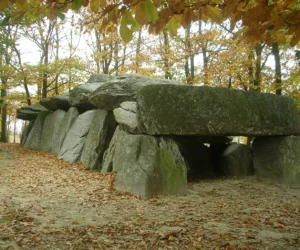The Enigmatic La Roche-aux-Fées: A Journey into Neolithic MysteriesLa Roche-aux-Fées, translating to “The Fairies’ Rock” in English, is not just a monument—it’s a portal into the distant past. Nestled in the quiet commune of Essé in Brittany, France, this Neolithic dolmen has sparked the imagination of many. Its name comes from a local legend that…
Dolmens
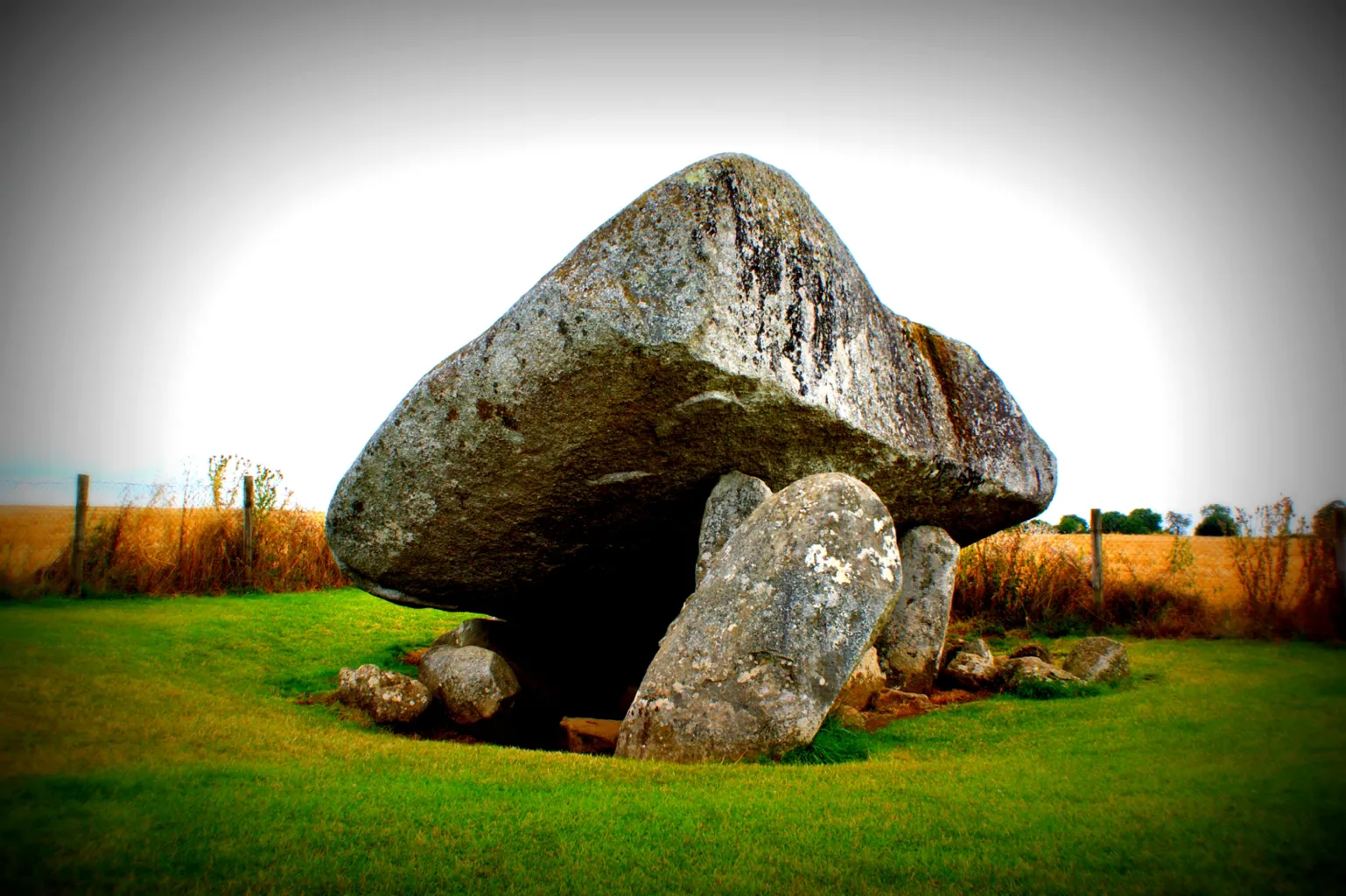
Dolmens are ancient stone structures that were used as burial sites. Typically consisting of large stones arranged to form a chamber, they are some of the earliest examples of human architecture and can be found across Europe and Asia.
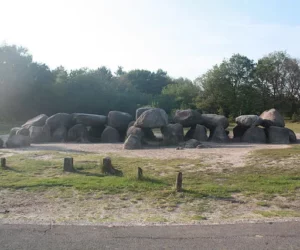
Havelterberg Dolmen
The Havelterberg Dolmen, located in the province of Drenthe in the Netherlands, is one of the most significant megalithic structures in the region. It belongs to a group of prehistoric burial monuments known as hunebeds. These structures are characteristic of the Funnelbeaker culture (Trichterbecherkultur), which flourished during the Neolithic period, around 3400-2850 BC. The Havelterberg…
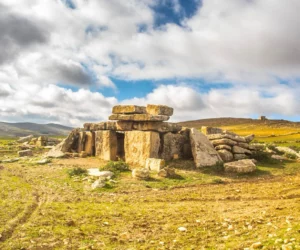
The Dolmens of Eles
Exploring the Hidden Treasures of Eles, TunisiaLocated in the Siliana Governorate, Eles, Tunisia is a village rich in history and mystery. Known for its significant archaeological findings, this quaint village offers more than meets the eye.A Spring of HistoryEles sits over a natural spring at the base of surrounding hills. This spring has nourished the…
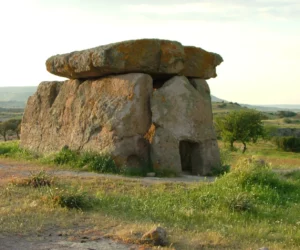
Dolmen Sa Covaccada
Exploring the Dolmen Sa Coveccada: A Glimpse into Sardinian PrehistoryThe Dolmen Sa Coveccada, also known as S’Accoveccada, stands tall on a plateau in Sardinia. This remarkable archaeological site offers a fascinating glimpse into the island’s prehistoric past.Architectural BrillianceThe dolmen has a rectangular layout, measuring 5 meters by 2.2 meters. Its construction involved three massive orthostatic…
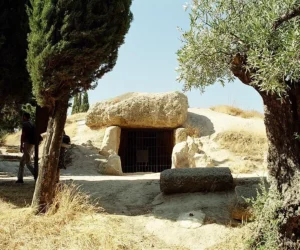
Dolmen of Menga
The Majestic Dolmen of Menga: A Marvel of Ancient ArchitectureThe Dolmen of Menga, near Antequera, Málaga, Spain, is a marvel of ancient architecture. This megalithic burial mound, also known as a tumulus, dates back to around 3750–3650 BC. It stands as one of the largest and most impressive megalithic structures in Europe.A Colossal Structure: Testament…
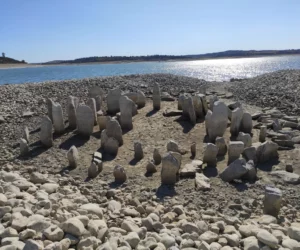
Dolmen of Guadalperal
Overview of the Dolmen of GuadalperalThe Dolmen of Guadalperal, often called the Spanish Stonehenge, dates from between 2000 and 3000 BC. It is located in Peraleda de la Mata, within the Campo Arañuelo region in Extremadura, Spain. This megalithic monument sits within the Valdecañas reservoir on the Tagus River. It becomes visible only when the…

